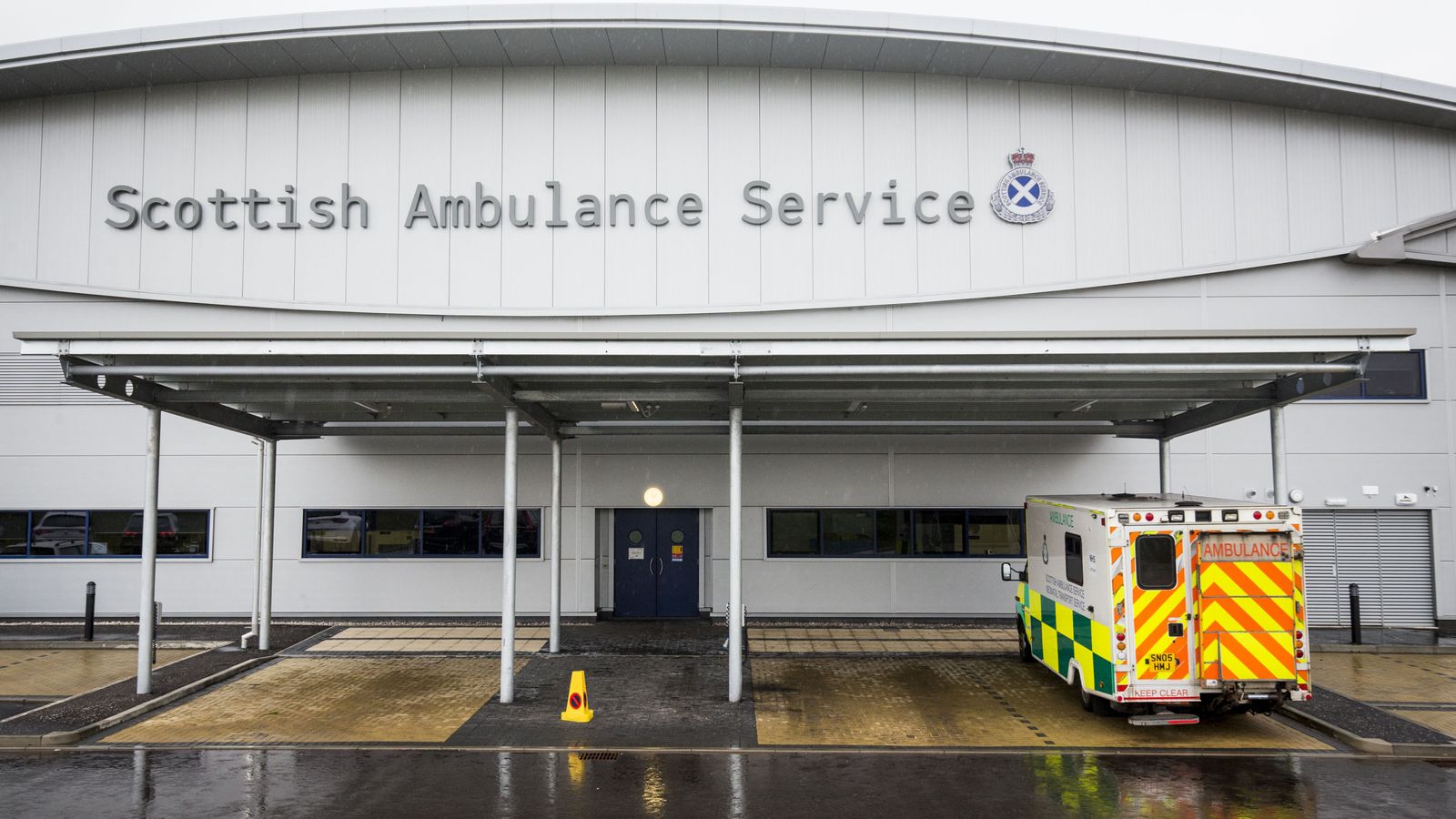The face of Bonnie Prince Charlie has been recreated using death masks, depicting him as he would have looked during the Jacobite rising.
The prince was renowned for his good looks and has captivated a new generation of audiences through TV show Outlander.
A team at the University of Dundee’s Centre for Anatomy and Human Identification have now produced what is said to be the most lifelike replica of the prince’s face to be made so far.
It shows him with blond ringlets, wearing a white shirt, and with blotchy patches on his skin, as he would have looked at the time of the Jacobite rising – his unsuccessful attempt to restore his father, James Francis Edward Stuart, to the British throne.
Death masks of the prince were painstakingly photographed and mapped by researchers, so 3D models could be produced with state-of-the-art software allowing experts to “de-age” the prince.
Barbora Vesela, a masters student who initiated the project, said: “I have looked at previous reconstructions of historical figures and was interested as to how these could be done differently.
“I wanted to create an image of what he would have looked like during the Jacobite rising.
Families ‘devastated’ over deaths of two teenagers after DJ event in Glasgow
GMB Scotland school staff to strike in 10 council areas in September
Love is in the air as epic beach proposal seen from the sky
“There are death masks of Bonnie Prince Charlie that are accessible, while some are in private collections.
“We also know that he suffered a stroke before he died, so that made the process of age regression even more interesting to me.”
In 1745, Prince Charles Edward Stuart sought to regain the Great British throne for his father, exiled Stuart King James III of England and Ireland and VIII of Scotland, during the Jacobite rising, when he was aged just 24.
The prince unsuccessfully attempted to restore his father to the throne, leading to one of the most romanticised periods of Scottish history.
Despite some initial successes on the battlefield, his army was defeated by government forces at the Battle of Culloden, near Inverness, in April 1746.
Bonnie Prince Charlie spent the next five months as a fugitive before fleeing to France and living on the continent for the rest of his life.
He died in Palazzo Muti, Rome, at the age of 67, after suffering a stroke.
Read more:
Mary, Queen Of Scots is given 3D treatment
Sir Billy Connolly unveils four new drawings for sale
After his death, a cast of the prince’s face was taken, which was common for notable figures at the time.
Researchers examined copies of the masks, at Inverness Museum and Art Gallery, and The Hunterian at the University of Glasgow, creating a composite over several months.
Ms Vesela took photographs from all around the masks and used photogrammetry software to establish a 3D model using almost 500 images.
She said: “There are moments, when you are working with the masks, that it suddenly strikes you that this was once a living person.
“We don’t tend to think about the age of people when we study history, but Prince Charlie was just 24 years old when he landed in Scotland and to visualise how young he was at this pivotal moment in history is fascinating.”
Be the first to get Breaking News
Install the Sky News app for free
Ms Vesela added: “Hopefully this recreation encourages people to think about him as a person, instead of just a legend.
“At the same time, it is important not to romanticise him or the era of history.
“There are many accounts of him but having a face to look at helps us to view him as a human and not just a name from history.”
The work will feature as part of the University of Dundee’s annual Masters Show, which opens to the public on Saturday.








